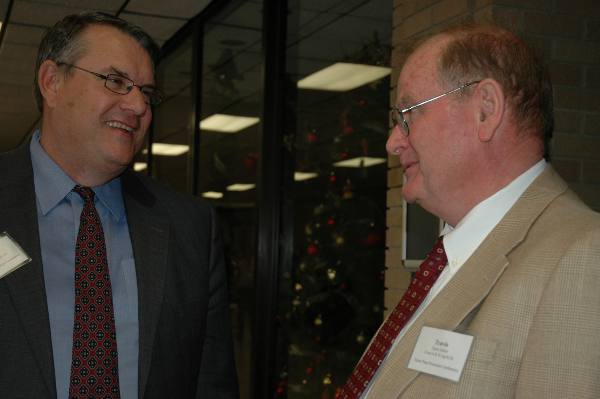
Doug Steele, new director of the Texas A&M AgriLife Extension Service, says the agriculture industry has changed since he left the state back in 1992, but many of the same problems remain and will offer challenges as he settles into his new position.
Budget restrictions top the list,” Steele said as he welcomed participants to the 24thannual Texas Plant Protection Association conference to College Station in December. Steele also spoke with Farm Press about the challenges and opportunities Texas AgriLife Extension faces in the coming months.
“Our challenge is to help agriculture be successful,” he said. “Farmers and ranchers continue to face challenges from regulation, disease pathogens, insects and weather. Much of that is similar to 20 years ago.”
A Missouri native, Steele says he got to Texas “as fast as he could,” and began his Extension career in the state but made several stops before returning to head Texas AgriLife Extension.
He earned his bachelor’s degree in animal science from Panhandle State, a master’s degree from West Texas A&M University and a doctorate from Texas A&M University in 1992. He went to Purdue University from 1993-1997 and to Colorado State University as assistant director of Cooperative Extension and state 4-H program leader from 1997-2004.
He was vice provost and director of Extension at Montana State University from 2004 until becoming vice president for external relations and director of Extension in 2010.
As he assumes his new duties as head of the Extension service, he sees budget cuts as a major challenge that could affect funding for programs and staffing. “But we remain more fortunate than some of our neighboring states that have suffered drastic cuts.”
He attributes continued support to “the quality of our people and programs that are timely and relevant. Our challenge is to be more strategic with what we do.”
It’s a challenge, Steele said, to determine how best to proceed across a state with diverse economic and geographic characteristics.
“For the first six months, I intend to travel the state, listen and learn,” he said, adding that working with legislatures—both state and federal—will be crucial to help Texas AgriLife Extension develop.
The institution must look beyond traditional resources for funding. “If we want to grow, we have to look for new partnerships in industry to add value to what we do and to what they do. We also have to look at philanthropic opportunities.”
Steele said working with industry cannot jeopardize the long-standing credibility of the Extension Service mission. “We will be upfront with partnerships with an understanding that findings cannot be predicated on funding and that we will not reach conclusions before the research is done. We will maintain integrity and will continue to report findings that are unbiased. We can never lose the reputation we have as an unbiased source of information.”
He said Extension would look for partners with shared values and shared goals. Those partnerships, he said, will provide a lot of opportunities.
Extension must continue to stretch itself. “We must move forward and instead of focusing on the last good thing we accomplished, we must look for the next best thing we can do.”
Better communication will be a key. “The challenge with limited funding is to use technology to communicate with existing and future clients. We must adopt not just current but future technology to augment face-to-face meetings.”
Extension must also continue to find ways to communicate with people who don’t connect to the Internet “to find us.”
Steele emphasized that the face-to-face interactions of Extension personnel with clients will remain a chief tactic to provide useful, reliable and credible information to Texas residents.
About the Author(s)
You May Also Like






